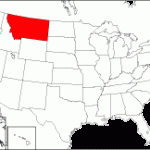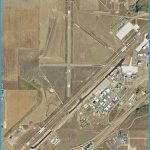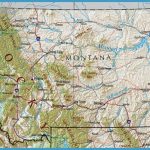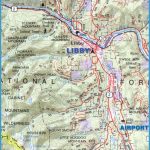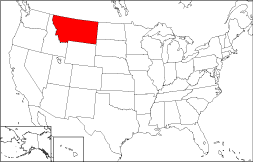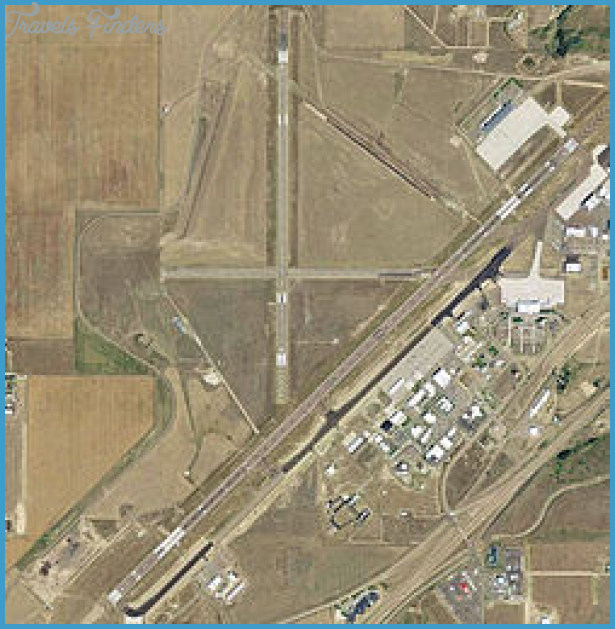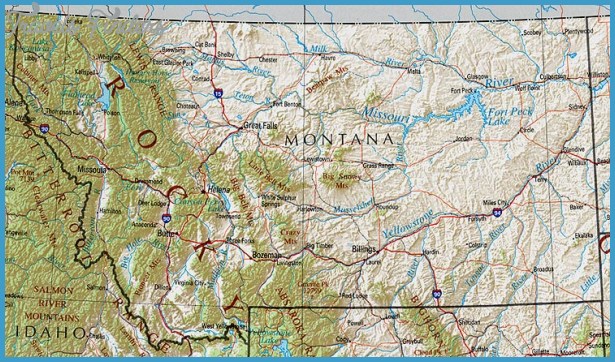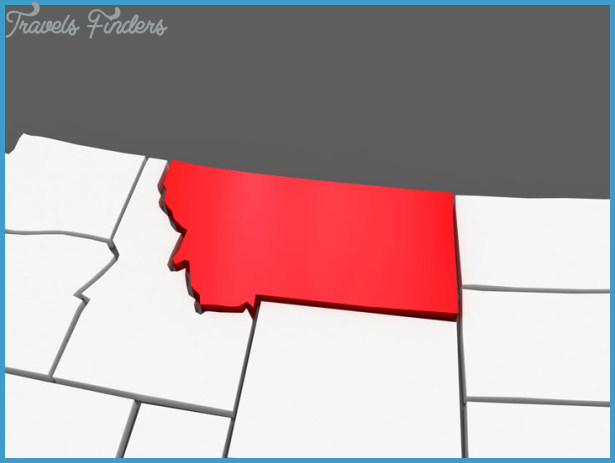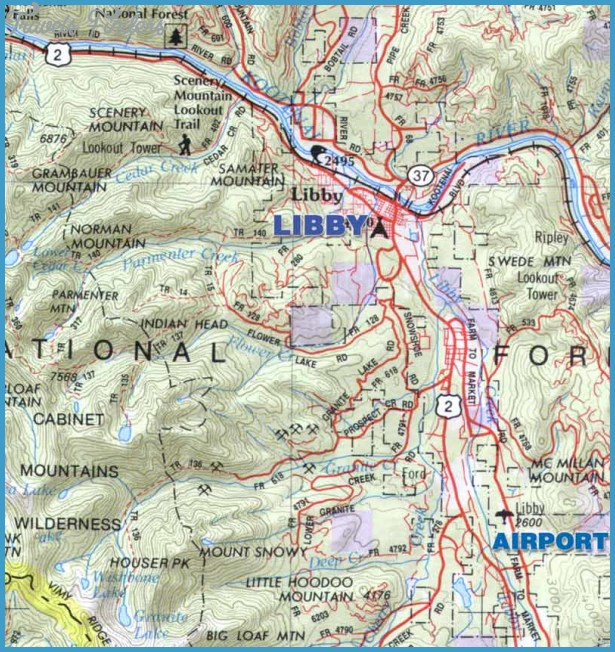From Bear Gulch, consider heading southeast on the wonderfully named Surenough Creek Roac and then Upper Flatwillow Road, both gravel, about 20 miles along Flatwillow Creek and back to US 87. You won’t have missed much on the main highway, and that’ll hold true until you reach Roundup (pop. 1,859) at the foot of the modest Bull Mountains. Its economy already tied to a struggling coal industry, Roundup has been battered by a flood (2011) and fires (2012) in recent years, leaving residents to wonder when Mother Nature’s next shoe will drop. The Musselshell Valley Historical Museum (406-323-1525) is open every afternoon during the summer and features a Clovis to Coal exhibit that explores the 11,000-year evolution of the valley.
At the junction of US 12, venture west along the Musselshell toward Lavina, Ryegate, Shawmut and Harlowton. The Musselshell is a hard-working, pretty little riparian ribbon amid pastures and rangeland. There isn’t much happening at Lavina (pop. 180), where the streets are eerily quiet at dusk. One reason to make the 1-mile detour on MT 3 at the Cozy Corner Bar and gas station is to snap photos of the white-chipped-paint Adams Hotel and the two-story brick Slayton Mercantile, both on the a National Register of Historic Places. The Adams is a large colonial-style structure that once was one of the most elegant hotels in the region but now is a private residence that has been getting some badly needed TLC. The Slayton also has weathered trying times. Ryegate (pop. 245) is more vibrant, with a little park across the street from the Ryegate Bar & Cafe. It also has fuel and a grocery store. The town’s claim to historical fame is that Chief Joseph crossed the Musselshell River near here in 1877 when he took his Nez Perce on their valiant march from Oregon and Idaho through Wyoming and Montana to their final surrender near Canada. If you’re passing through in June, make time for the annual Testicle Festival, where the showcase cuisine, for the uninitiated, is cattle cahones otherwise known as Rocky Mountain oysters. Continuing west, you won’t find any services or much of anything else at Shawmut (pop. 42), which saw better days before the Milwaukee Road rolled up its tracks it had a hotel, restaurant, store, and lumber yard. Still, it’s worth taking a few extra minutes to make a loop on the shaded streets to admire the ubiquitous rusting remains of headier times: the 1950s tractors and automobiles scattered throughout the yards, a vermillion school that looks as if it was plucked from Mexico, and a sweet little church.
Harlowton (pop. 1,062), an agricultural center mostly on a hill above the Musselshell, was just a small stage stop known as Merino until the Milwaukee Road came along and laid the longest stretch of electric railroad in North America. The state’s last electric railway removed its tracks in 1974, but its legacy and other area history lives on in the Upper Musselshell Museum and in the electric Milwaukee Road locomotive that greets visitors in Train Park. Harlow is a friendly place that boasts of mild (relatively) winters.
Eighteen miles north of Harlowton on US 191 is Judith Gap (pop. 164), named for the slot the Musselshell River creates between the Big Snowy and Little Belt mountains. The gap creates a funnel, and the wind always blows, making the grassy landscape between Harlowton and Judith Gap an ideal place for Montana’s first large-scale wind farm The project went online in 2005, and the 90 rotating turbines rising more than 250 feet to the big sky produce about 7 percent of the state’s electricity.
After passing the wind farm, you’ll reach Judith Gap, which was founded in 1908. A mercantile regionally renowned for its milkshakes once drew travelers for miles around, but it has closed, leaving few reasons to stop. Five miles past Judith Gap is Garneill, notable only for a large granite rock that features the names of early pioneers and the dates they arrived in the valley etched in it. The Ubet and Central Montana Pioneers Monument sits on a concrete base made of Indian relics, ore, and petrified wood. For the trivia minded, Ubet was a nearby town whose name came from A. R. Barrows, an area resident. When asked if he could figure out what to call the new community, he responded, You bet!
In another 14 miles is Eddie’s Corner, where you’ll turn right at the large gas station at the junction of US 191/89 and MT 200. Drive amid fields of grass toward Moore (pop. 186) and another 19 miles to Lewistown. The Judith Basin to the west is the home of the all-natural, sparkling-blue Yogo sapphire, the state gem The sapphires, prized because they are untreated, were found more than a century ago in Yogo Gulch between Utica and Windham west of Lewistown. Yogo is the Blackfeet word for romance, and among the bearers was one Lady Diana Spencer of England, who was presented a nine-carat cornflower-blue sapphire set amid diamonds on a gold ring when Prince Charles asked for her hand in marriage. There’s no doubt Lewistown has a love affair with the gem: There’s the Yogo Inn and Sapphire Cafe, among another mineral-inspired names of businesses.

